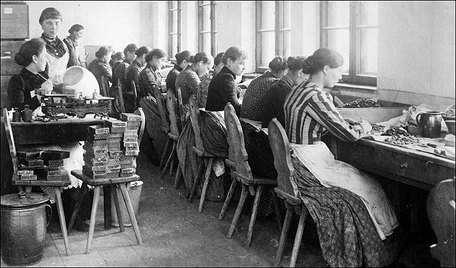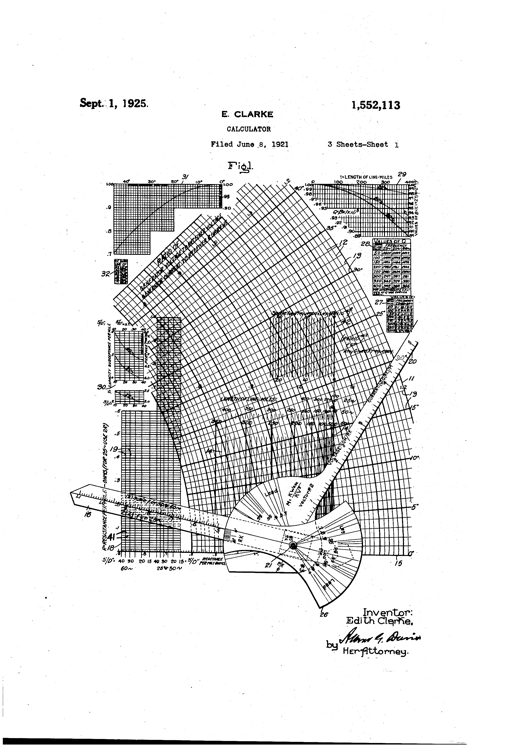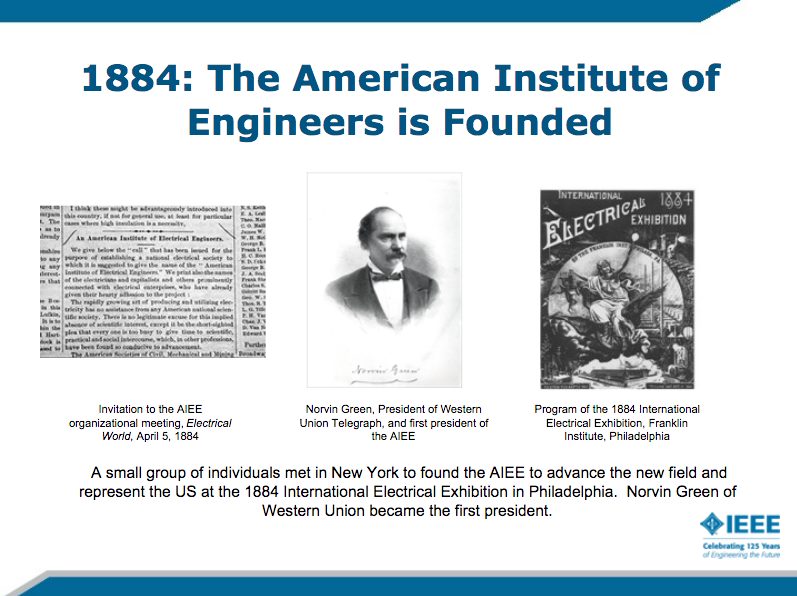& Construction

Integrated BIM tools, including Revit, AutoCAD, and Civil 3D
& Manufacturing

Professional CAD/CAM tools built on Inventor and AutoCAD
5 min read
It’s challenging to uncover any details about Edith Clarke’s personal life. What were her interests? What kept her up at night? Did she have any lovers? All of these details seem important at first glance. We all want to know about the inner world of a person now considered famous in history. However, the deeper you dig into Edith Clarke’s story, the more you start to realize her work and education accomplishments were her life, and they did not come easy. She was a disruptive trailblazer who paved a path forward for female electrical engineers of the future. This is Edith Clarke’s epic resume.

Let’s head back to the early 1900s for some perspective. During this time women were confined to the home and expected to uphold traditional roles as a wife and mother. The thought of a woman getting a college degree was almost unheard of. A whopping 18.8 percent of women were employed outside of the home at the start of the 20th century working as retail clerks, nurses, teachers, and typists. Not as electrical engineers. Women didn’t even get the right to vote until August 18, 1920. This, my friends, is the world that Edith Clarke grew up in.

Women were only able to choose from a limited amount of jobs in the early 1900s. (Image source)
Societal pressures aside, Edith did not have an easy childhood. Her father passed away at the age of 7 and her mother died soon after when Edith turned 12. As a legal guardian, Clarke’s uncle sent her to a boarding school in Mayland, and she spent most of her childhood as an orphan.
Edith wasn’t one to be held back by her early struggles. At the age of 18 she used the money received from her parent’s estate to pay for tuition at Vassar College in New York. Here she studied mathematics and astronomy and graduated with the highest honors.

Vassar College, New York. (Image source)
After graduating from Vassar, Edith went on to teach math and physics at a private girls school in San Francisco and at Marshall College in West Virginia. However, Edith was intent on being an engineer. To pursue this goal she enrolled in a civil engineering program at the University of Wisconsin.
During this time Edith also accepted a job at AT&T as a Human Computer. Much like the computers of today, her job was to solve complex mathematical equations. Edith’s mathematical work at AT&T helped her fellow engineers to build the first transcontinental phone line from New York to California. She enjoyed her work at AT&T so much that she dropped out of her civil engineering program and managed a group of women Computers during World War I.

A group of women computers at the Harvard College Observatory. (Image source)
Edith’s exposure to theories about transmission lines and electrical circuits at AT&T likely sparked her desire to become an electrical engineer. With her inspiration set, Edith left AT&T in 1918 and studied electrical engineering at MIT. This is where Edith Clarke’s epic resume of firsts begins to unfold:
Edith Clarke graduated from MIT in 1919 with a Master’s Degree in electrical engineering. She was the first woman to earn an electrical engineering degree from this prestigious university.

MIT Boston campus. (Image source)
After graduating from MIT, Edith took a job as a Computer for General Electric. She still found it exceptionally hard to land a job as an electrical engineer, and recounts this in her quote from the Daily Texan:
“There is no demand for women engineers, as such, as there are for women doctors; but there’s always a demand for anyone who can do a good piece of work.”
Edith took a temporary leave from GE in 1921 to become a Professor of Physics at the Constantinople Women’s College in Turkey. Perhaps she was frustrated at being roadblocked in her desire to become a fully-fledged electrical engineer? It’s a mystery.
In 1922 Edith returned to GE where she was recognized as a salaried electrical engineer, at last! This made her the first professionally employed female electrical engineer in the United States.
Edith spent the next 25 years at GE writing a number of technical papers on power transmission and the mathematical examination of power lines. Edith also made one of her most famous contributions to field of electrical engineering at this time, the Clarke Calculator.

Patent for the Clark Calculator. (Image source)
This calculator helped to simplify methods for solving power transmission line problems over distances up to 250 miles. As biographer James Brittain explains, “She translated what many engineers found to be esoteric mathematical methods into graphs or simpler forms during a time when power systems were becoming more complex and when the initial efforts were being made to develop electromechanical aids [like computers] to [help with] problem solving.”
Between the years of 1923 and 1951 Edith published 18 technical papers, two of which received awards by the AIEE. In February 1926, Clarke was the first woman to present one of her papers at an AIEE meeting, titled “Steady-State Stability in Transmission Systems.”

Not to stop at being the first woman to present a paper at AIEE, Edith also became the first woman to become a voting member of the organization in 1948. The AIEE later became the Institute of Electrical and Electronic Engineers (IEEE) that we all know today.
25 years later, Edith retired from her post at General Electric and went on to teach electrical engineering as a professor at the University of Texas at Austin. Again, she made history as the first female electrical engineering professional and taught until her retirement in 1956.
Edith Clarke had the courage to pave a path that was not set before her. She completely disrupted societal expectations in a day and age where women were expected to uphold traditional roles at home. It takes true determination to push beyond the established status quo on a path of your own. Edith Clarke, thank you for changing our world and expanding opportunities for female electrical everywhere!
Follow in the footsteps of this powerful woman, try Autodesk EAGLE for free today!
By clicking subscribe, I agree to receive the Fusion newsletter and acknowledge the Autodesk Privacy Statement.
Success!
May we collect and use your data?
Learn more about the Third Party Services we use and our Privacy Statement.May we collect and use your data to tailor your experience?
Explore the benefits of a customized experience by managing your privacy settings for this site or visit our Privacy Statement to learn more about your options.